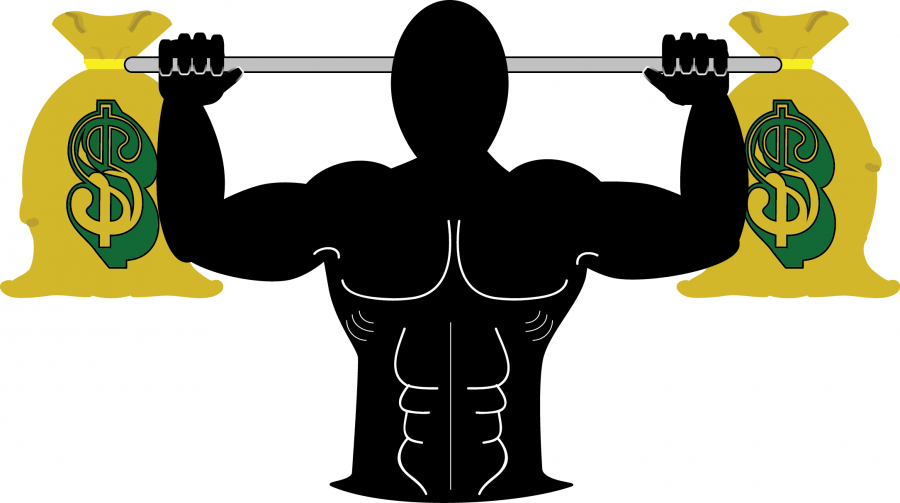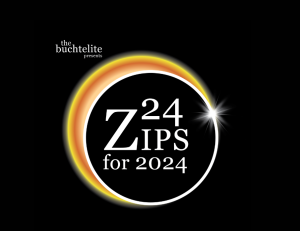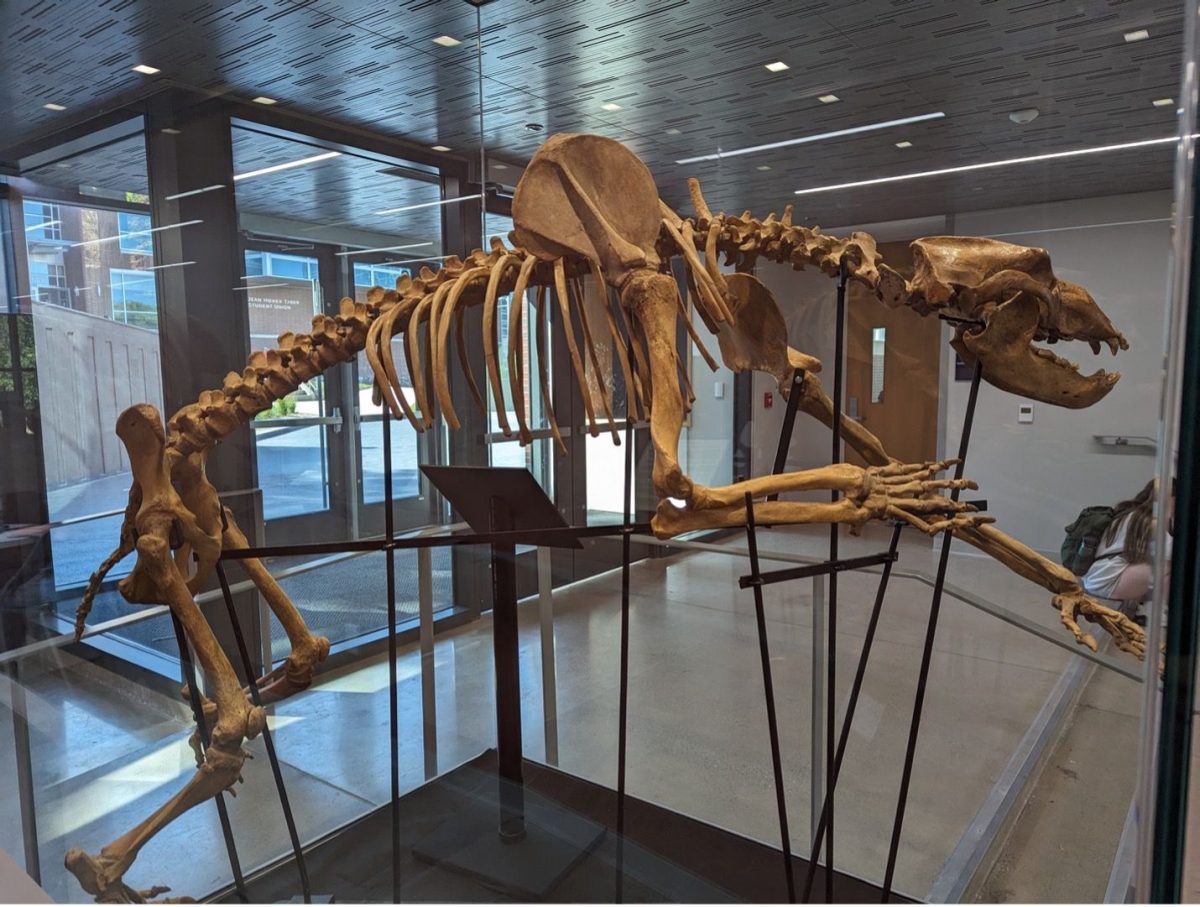CSU professor links money, exercise in lecture
November 5, 2014
Vasilios Kosteas, an associate professor of international and labor economics at Cleveland State University, is trying to determine which factors affect the willingness to exercise. Obesity is still a problem in the U.S. despite the evident benefits of exercise.
Kosteas lectured at The University of Akron on Friday, Oct. 31, as part of the economics department’s fall lectureship series and authored a paper connecting “time preference” with exercise.
“Time preference” is whether a person is more present or future-oriented; it is synonymous with patience. Those with greater patience are willing to forgo the easy pleasures of the present and therefore are more likely to exercise.
Kosteas collected data from a study that told participants that they could either claim $1,000 immediately, or wait one month and receive more than $1,000. Participants were then asked: What is the smallest amount of money in addition to the $1,000 you would have to receive one month from now to convince you to wait rather than claim the prize now?
Kosteas divided the requested money by 1,000—this determined the individual’s discount rate. The larger the number, the more present-oriented the participant; the more money they demanded, the more they “discounted the future.”
From this study, Kosteas concluded several things: women who were less willing to wait a month to receive money—or women who requested more money in order to wait—were less likely to exercise three or more times per week. This correlation is amplified in women with sedentary jobs, which poses greater health risks. Also, women with a one point increase in time preference resulted in 24.4 fewer minutes of physical activity per week.
The correlation between time preference and exercise is not so strong in men. Kosteas did see, however, that men with a higher self-esteem spend more time exercising, while men who played high school sports spent more time in vigorous exercise.
The conclusions are not definitive. Kosteas notes: “more research is also needed to determine whether the link between time preference and exercise frequency is in fact due to a causal effect of the former on the latter.” It is difficult to derive the factors of time preference, making it even more difficult to connect time preference with exercise habits.
UA’s economics department is hosting their last fall semester seminar on Friday, Nov. 14.












